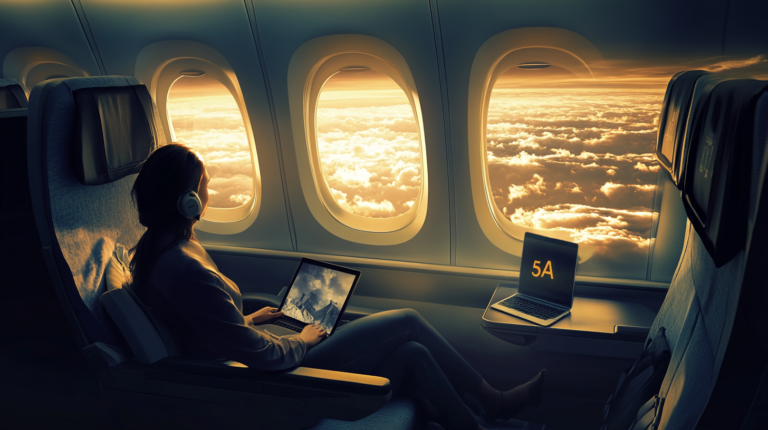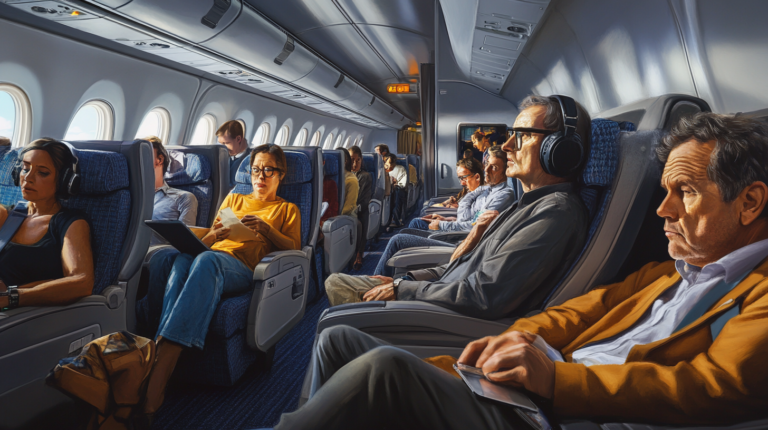Behind the Scenes of Airline Crew Training
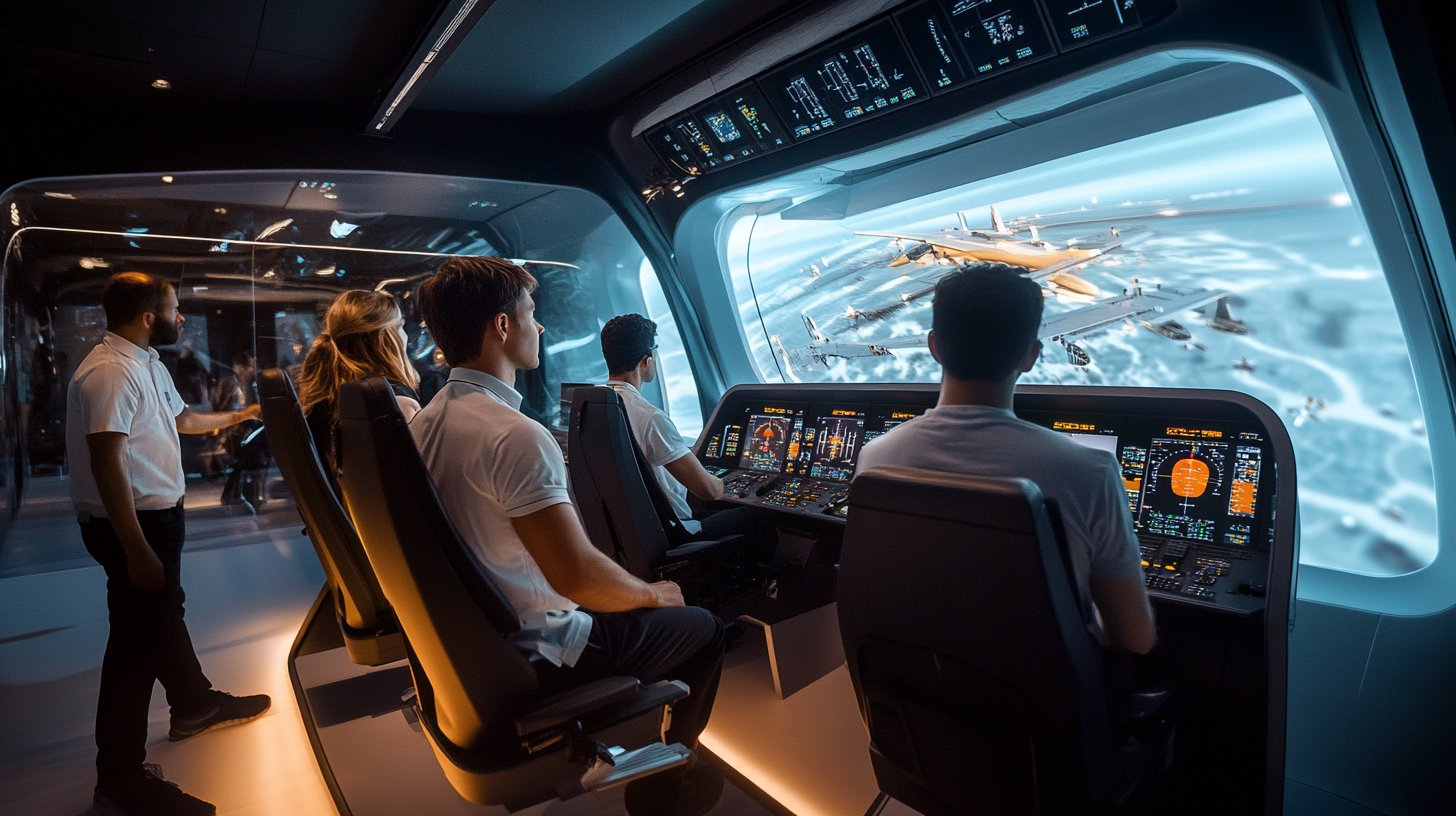
The world of aviation is not just about soaring through the skies; it’s a realm where safety meets exceptional service, all orchestrated by meticulously trained airline crews who work tirelessly behind the scenes. Behind every smooth flight lies an extensive training regimen that transforms flight attendants and pilots into the consummate professionals passengers rely on. From mastering complex safety procedures to delivering unparalleled customer service, these crew members are the backbone of the aviation industry. This article delves into the rigorous training programs of leading airlines, unveiling the dedication and effort invested to ensure every journey is not only safe and comfortable but also exceeds passenger expectations. For more on the evolution of crew training, see The Advancement of Airline Crew Training Methods .
Emirates Aviation Training College: Setting the Gold Standard
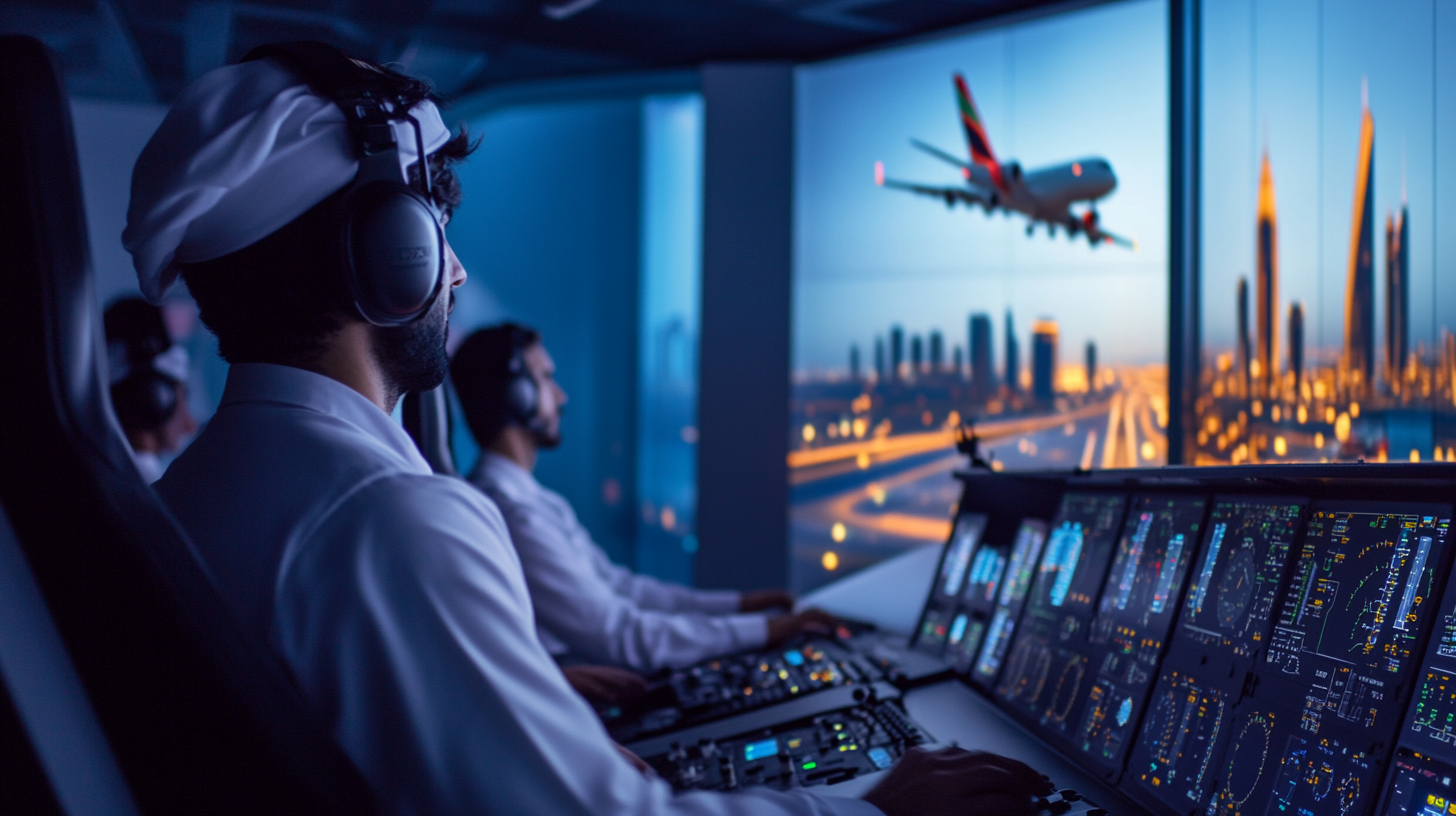
At the heart of Dubai stands the Emirates Aviation Training College, a beacon of excellence in airline crew training that sets the gold standard worldwide. Renowned for housing the world’s largest Boeing 777 and Airbus A380 training facilities, it offers an immersive environment where aspiring cabin crew members are molded into hospitality ambassadors. Trainees embark on an intensive eight-week program that is both challenging and transformative, covering a spectrum of essential skills, including safety protocols, emergency procedures, first aid, grooming, and service delivery. This program doesn’t just teach procedures; it instills confidence and poise, essential attributes for handling real-life situations at 35,000 feet.
The college features state-of-the-art flight simulators, emergency slides, and mock cabin interiors, providing realistic scenarios that prepare crew members for any eventuality. In these facilities, trainees practice everything from firefighting in advanced simulators to conducting evacuations in ditching pools that simulate water landings. These hands-on experiences are crucial for building the muscle memory and quick decision-making skills needed during emergencies. Image and uniform training sessions further refine their professional presentation, ensuring they meet the airline’s impeccable standards. The program culminates in a rigorous service delivery module before graduation, where trainees perfect the art of providing exceptional customer service. Impressively, about 120 new crew members graduate weekly, stepping into the skies ready to uphold Emirates’ reputation for excellence. To explore how Emirates maintains its service quality, refer to Emirates’ Commitment to Superior Passenger Experience .
Qantas’ Military-Like Training Regimen
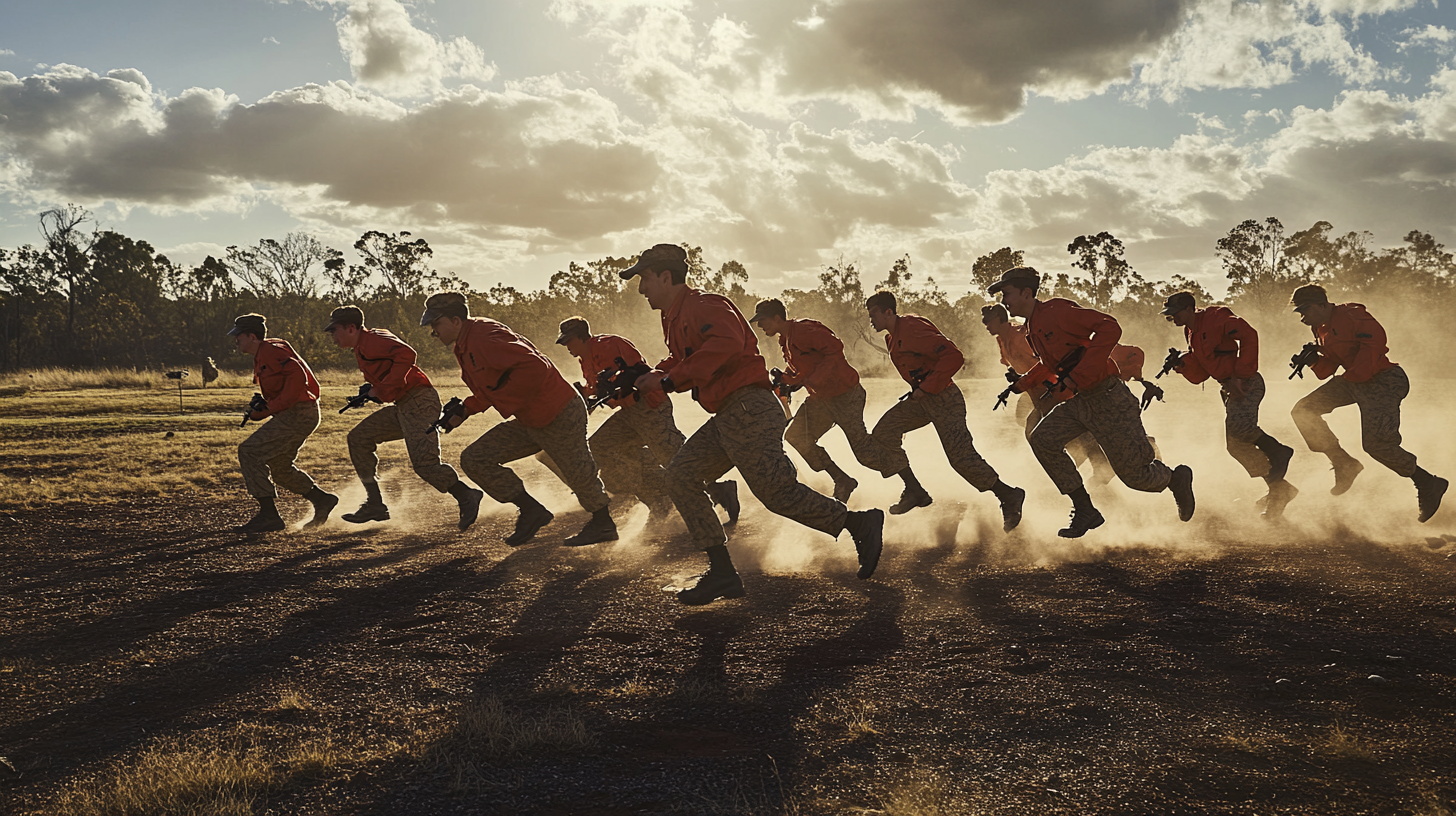
In Sydney, Qantas adopts a no-nonsense approach to cabin crew training, one that mirrors military precision and discipline. The airline’s intense seven-week program places a significant emphasis on emergency procedures and operational excellence. Trainees undergo stress-inducing drills, such as raft evacuations in simulated adverse weather conditions, designed to replicate high-pressure situations they might encounter onboard. These exercises are not just about physical preparedness but also about mental resilience and teamwork.
The rigorous curriculum demands that trainees achieve at least an 80% pass rate on theoretical assessments and a perfect score on practical exams. Such stringent requirements ensure that only the most proficient candidates earn their wings. The training instills a profound understanding of safety protocols and a culture of vigilance. Regular assessments don’t stop at graduation; ongoing testing and recurrent training sessions keep the crew’s skills sharp and updated with the latest safety regulations. This demanding training regimen underscores Qantas’ unwavering commitment to safety, contributing to its strong safety record and reputation for reliability. For insights into how Qantas maintains its safety standards, see Qantas’ Safety Management Strategies .
Transforming at the SIA Training Centre
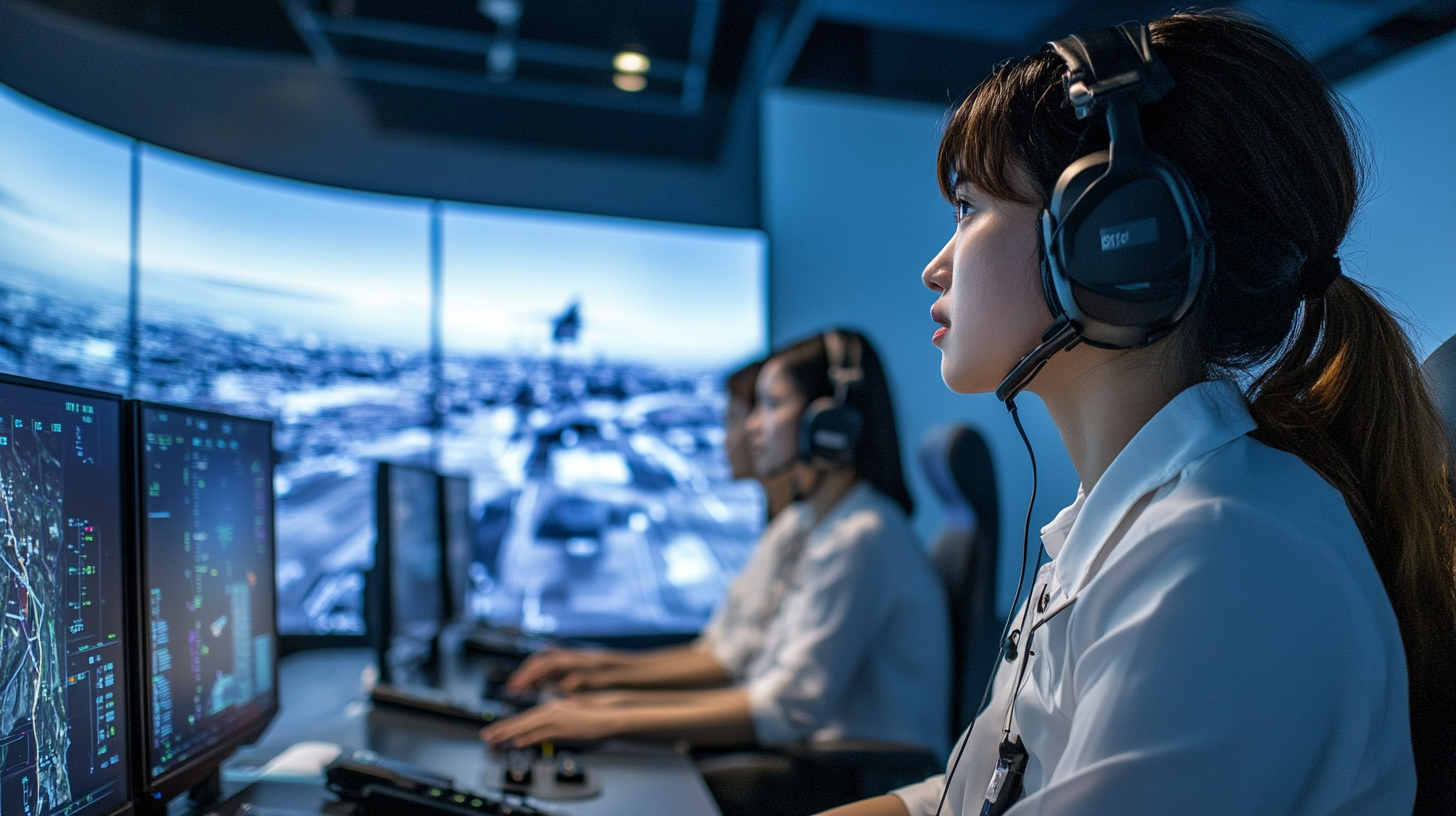
Often likened to a “Barbie doll factory,” the SIA Training Centre (STC) in Singapore is where trainees transform into the epitome of grace and professionalism that defines Singapore Airlines’ cabin crew. The facility, resembling a modern office building, is a hub of rigorous training equipped with aircraft mock-ups for safety, emergency, and service instruction. Here, trainees are immersed in an environment that combines traditional values with modern techniques, reflecting the airline’s ethos.
Trainees engage in realistic simulations, practicing procedures in environments that mimic actual flight conditions. The Deportment Room focuses on teaching elegant presentation and poise, where trainees learn the nuances of body language, posture, and the signature Singapore Girl walk. Meanwhile, the Grooming Room sets the standards for impeccable appearance, including makeup techniques and uniform care, ensuring each crew member embodies the airline’s brand image. A unique aspect of their training is the emphasis on “crew culture,” nurturing respectful greetings and interactions—a hallmark of Singapore Airlines’ renowned service. This cultural indoctrination fosters a deep sense of pride and unity among the crew. For a closer look at SIA’s training philosophy, refer to Singapore Airlines’ Approach to Crew Excellence .
British Airways’ Pursuit of Service Excellence
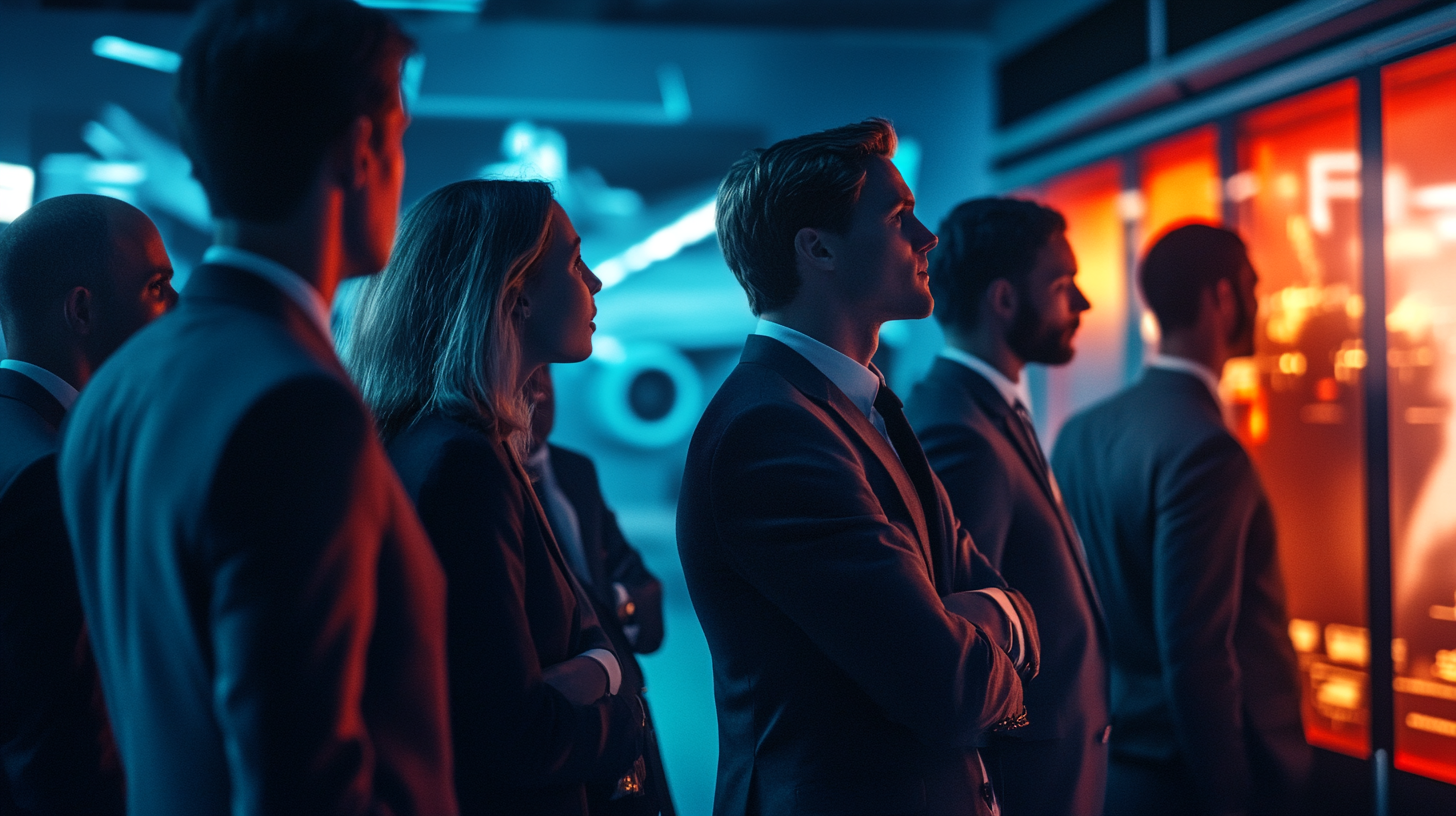
At British Airways, the pursuit of perfection in first-class service is a meticulous process deeply rooted in tradition and attention to detail. As explored by Ailbhe MacMahon, the airline’s first-class cabin crew training delves deep into the finer points that elevate passenger experience to extraordinary levels. Trainees perfect tasks such as laying out afternoon tea with precision, adjusting turndown services to individual preferences, and artfully plating meals as if in a five-star restaurant. Every gesture is choreographed to convey elegance and warmth.
The intensive program is currently available only to experienced crew members, reflecting the high standards expected in first class. Candidates are required to submit essays demonstrating their commitment to excellence and their understanding of luxury service. Practical exercises conducted in a mock-up aircraft setting allow trainees to hone their skills in a realistic environment, receiving immediate feedback from trainers. The emphasis on elegance, discretion, and anticipation of passenger needs ensures that British Airways’ premium passengers receive service that not only meets but exceeds expectations. For more on the intricacies of luxury air travel, see The Art of First-Class Airline Service .
Etihad Aviation Training and Global Perspectives
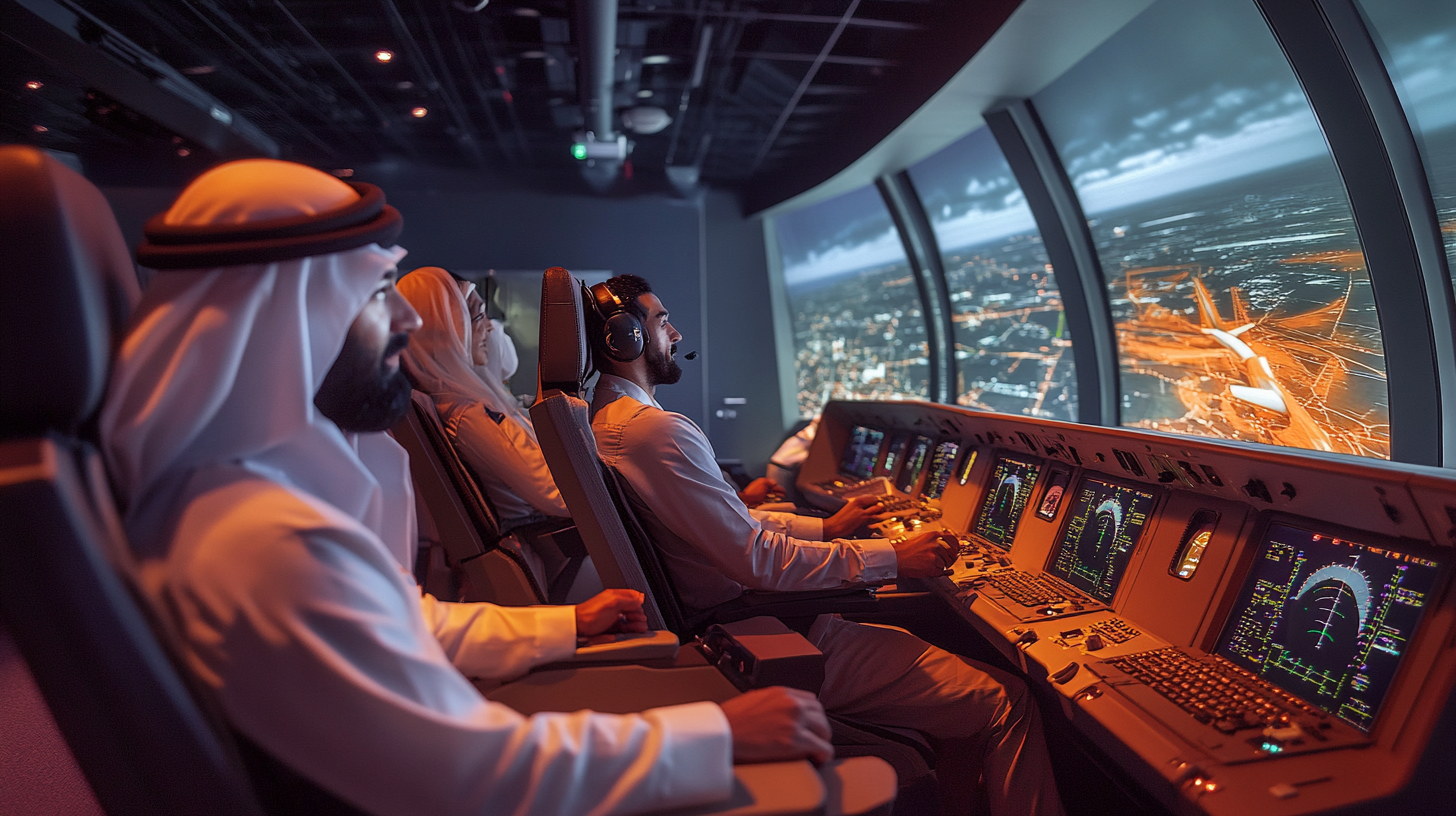
The journey of airline crew training isn’t confined to one airline or region—it is a global endeavor that reflects the universal importance of safety and service in aviation. The UTC Blog offers viewers a glimpse into Etihad Aviation Training, showcasing how pilots and cabin crew prepare for their critical roles, including mastering emergency procedures and adapting to the latest technologies. This behind-the-scenes look highlights the rigorous standards and innovative approaches employed by Etihad to stay at the forefront of the industry.
This exploration extends beyond Etihad, venturing into aviation practices in Namibia with airlines like Westair and FlyNamibia Safaris. The series follows adventures such as a unique A340 landing on Antarctica’s Wolf’s Fang blue ice runway—a testament to the versatility and skill required of flight crews operating in extreme environments. Simulator experiences in Zurich further illustrate the lengths to which airlines go to ensure their crews are prepared for any scenario. These insights underscore the universal commitment within the aviation industry to safety, adaptability, and excellence in training. For more global aviation stories, refer to Exploring Worldwide Airline Training Innovations .
The Multifaceted Role of Flight Attendants
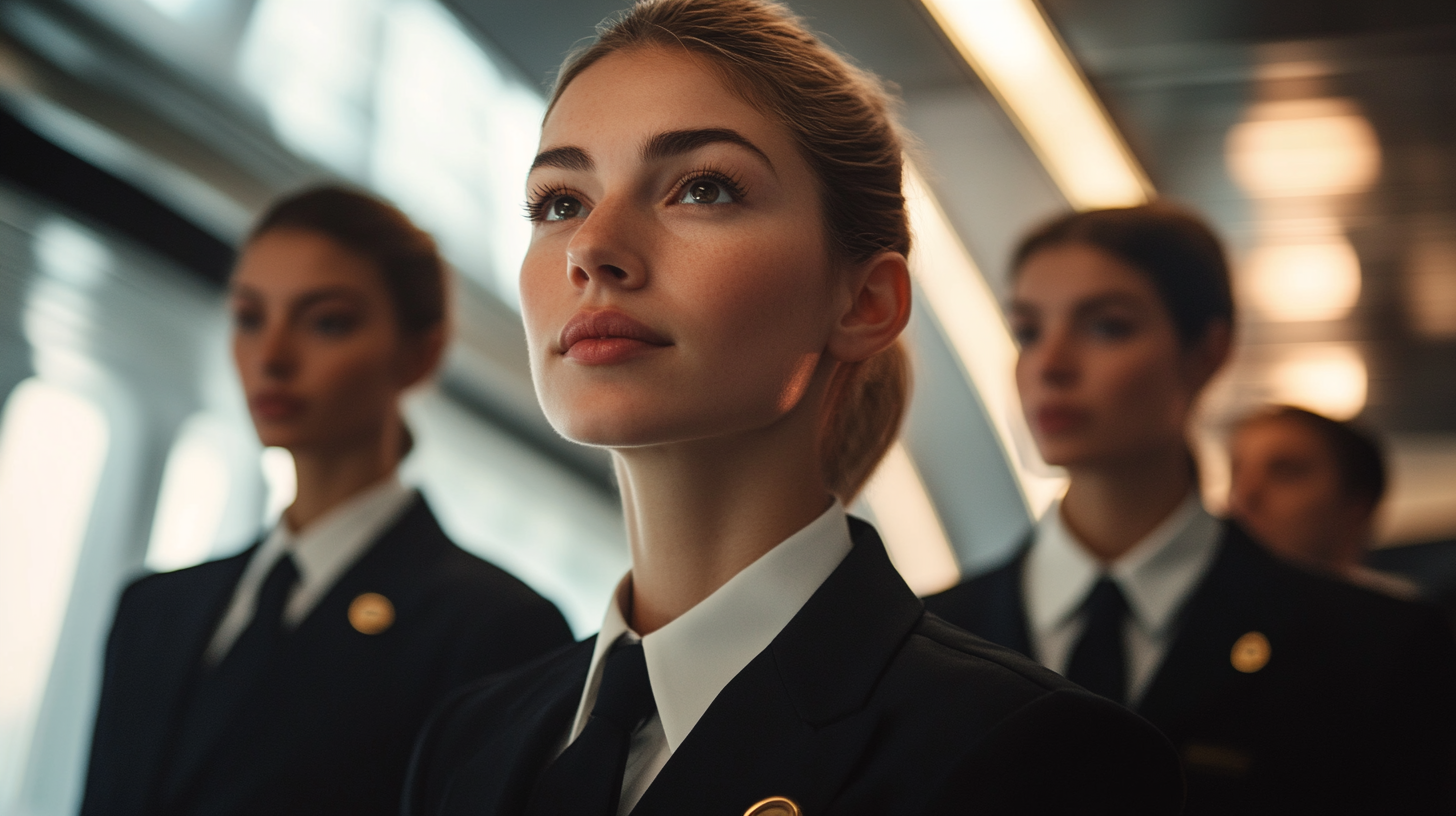
Beyond their visible roles, flight attendants are guardians of safety and repositories of travel wisdom. Their extensive training equips them with the knowledge to handle emergencies and ensure passenger well-being at all times. They advise passengers to avoid actions like walking barefoot on flights—a practice that poses hygiene risks—and to respect crew spaces that are essential for rest and operational purposes. Additionally, they encourage the judicious use of call buttons, preferably reserving them for urgent needs to ensure they can prioritize critical tasks effectively.
Understanding the demands of their profession, including long hours and the challenges of being in different time zones, brings to light the importance of kindness and consideration from passengers. Flight attendants often work behind the scenes, managing logistical challenges and catering to diverse passenger needs. Their commitment to safety and service demonstrates that their roles extend far beyond serving meals and beverages—they are the unsung heroes who contribute significantly to a smooth and pleasant flight experience. For tips on how passengers can enhance their travel experience, see Etiquette Tips for Air Travelers from Flight Attendants .
Continuous Training: The Backbone of Aviation Safety

Flight crews, comprising both pilots and flight attendants, undergo extensive and regular training to maintain the highest safety standards. Their preparation includes meticulous adherence to protocols, proactive monitoring of flight conditions, and effective communication with air traffic control and amongst themselves. Regular training sessions, simulations of emergency scenarios, crew resource management practices, and thorough passenger briefings are all part of their unwavering commitment to making air travel secure and dependable.
This dedication to continuous improvement and vigilance is a critical component of the aviation industry’s impressive safety record. By investing in their crews’ training and well-being, airlines ensure that passengers can trust them to handle any situation with professionalism and expertise. The collaborative efforts of the crew, underpinned by rigorous training, make flying one of the safest modes of transportation. For an in-depth understanding of aviation safety protocols, refer to The Fundamentals of Aviation Safety Management Systems .
Final Thoughts
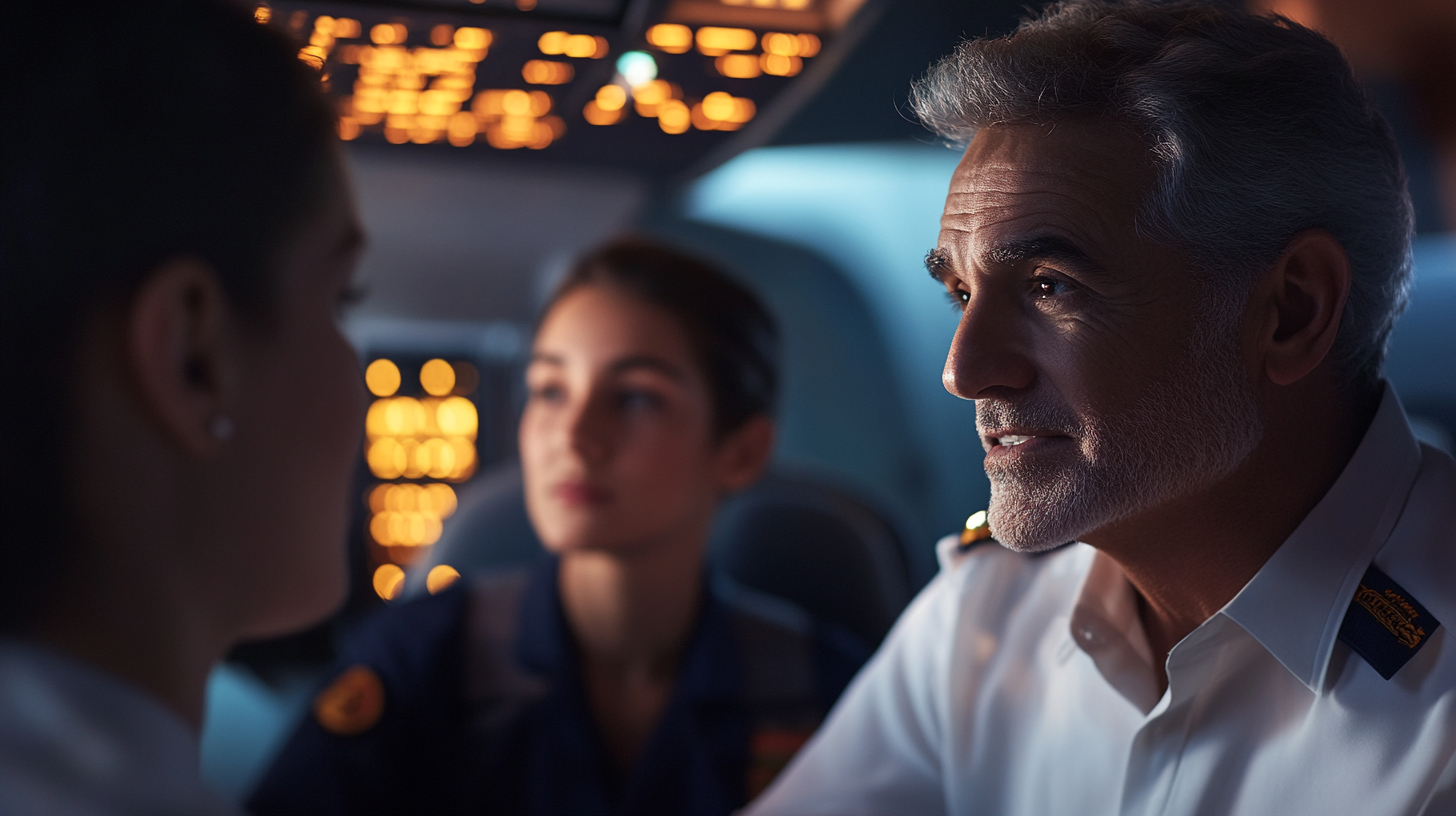
The intricate and demanding training programs of airlines like Emirates, Qantas, Singapore Airlines, and British Airways reveal the depth of commitment to safety and service in the aviation industry. Behind every polite greeting and seamless service is a professional who has undergone rigorous preparation to ensure passengers’ comfort and security. As travelers step onto an aircraft, they can take confidence in knowing that a highly trained crew stands ready to provide not just an enjoyable journey, but a safe one as well.
Follow us back to Seat 5A for more insights and stories from the world of aviation.



